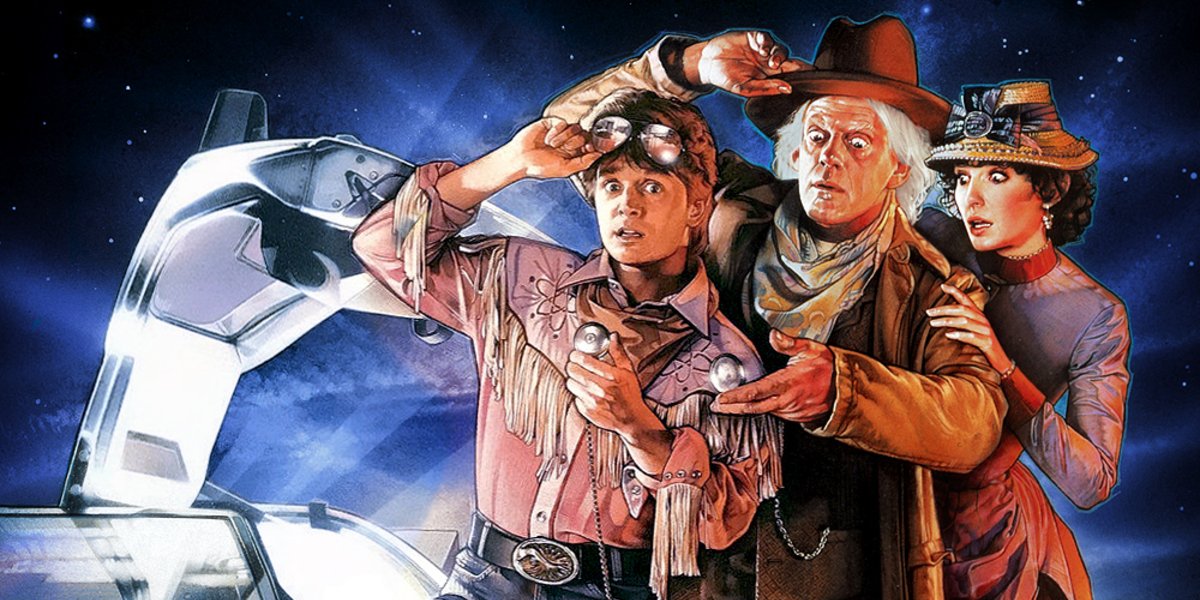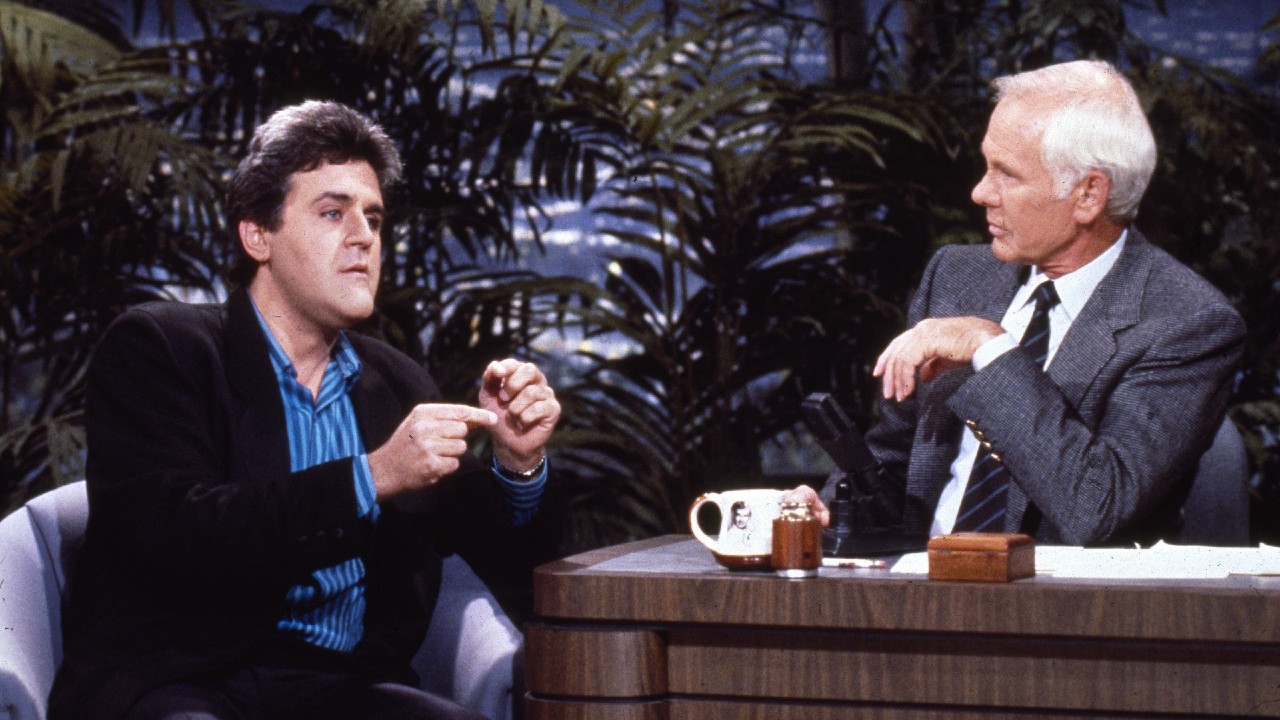Back To The Future: 10 Crazy Differences Between The Final Movie And Its First Draft
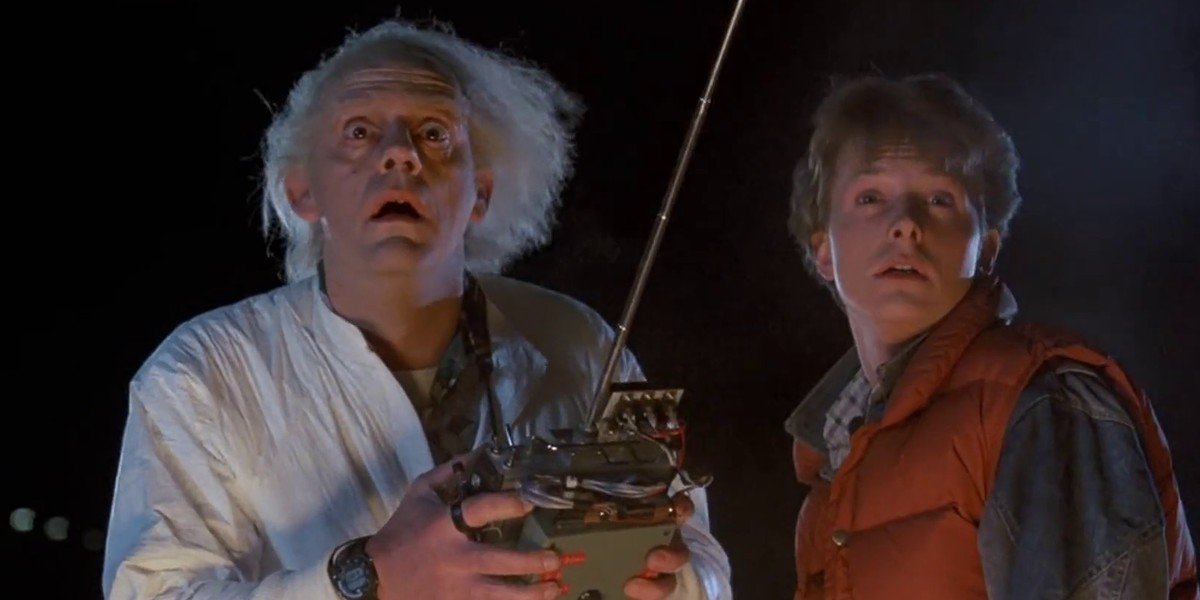
Time travel: it’s a dangerous thing to fool around with. One never knows how their eventual fate would have differed if they’d done just the slightest thing differently. But when it comes to movie scripts, it’s easier to tell just what those differences would have done, especially when looking back in hindsight. Recent remarks from actor Jon Cryer speaking to the wildly different first draft of Back to the Future couldn’t be a better case for such a thought experiment, as reading Robert Zemeckis and Bob Gale’s first draft from February 1981 is a familiar, but totally crazy experience.
For the most part, the story of young Marty McFly (Michael J. Fox) and the eccentric Doctor Emmett L. Brown (Christopher Lloyd) is pretty much the same in the first pass at Back to the Future’s story. However, there are some very different scenarios and details that make memories from the finished film all the more important.
There’s a real evolution between Zemeckis and Gale’s first attempt at the story, and what we saw on the screen; and ten specific examples prove that when it comes to a classic, lightning never strikes twice. Or in the events of this parallel universe version of Marty McFly, not at all!
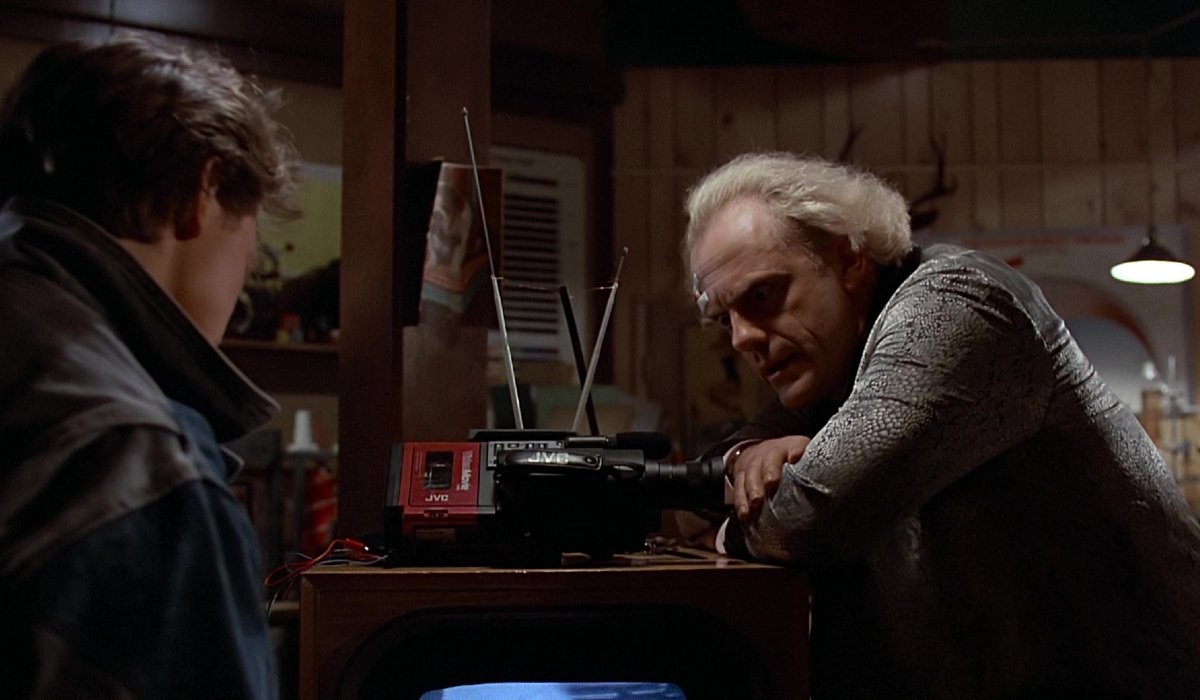
Doc And Marty Are Video Pirates
Right out of the gate Back to the Future has a weird way of establishing Doc and Marty as good friends in the good old year of 1982 (the original present-day year of the movie). As the film opens, we see Doc tinkering with what eventually becomes a crucial part of time travel, The Power Converter. Meanwhile, Marty’s engaging in the practice that makes the money Doc Brown needs to continue his experiments… pirating VHS copies of Close Encounters of the Third Kind.
In the final version of Back to the Future, Dr. Emmett Brown sells his scientific services to any party that’ll pay. Though this still gets him into some lethal trouble, as in both the first and final draft of the film, Doc is shot after the first successful test of the time machine with his pet of choice. Marty goes back in time right after that fateful event, as he’s being chased by Libyan terrorists in the film, and the Nuclear Regulatory Commission in the first draft.
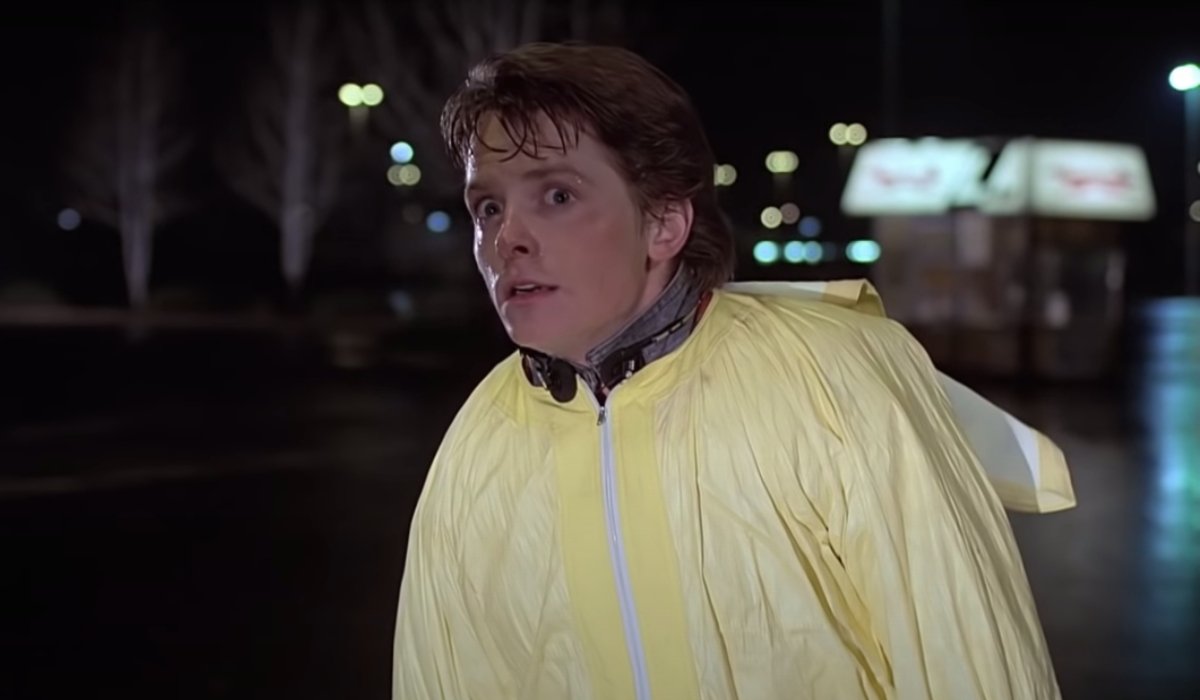
Marty Really Wants To See An Atomic Bomb Go Off
Something really odd happens before Marty leaves 1982 in Back to the Future’s first draft. Part of the weirdness is the fact that he actually makes it to class on time, and gets to ignore a lecture about the Atomic Bomb tests that took place in 1950s Nevada. But what’s even more odd is the fact that young Marty is actually eager to see a nuclear bomb go off, or at least that’s what he argues with his history teacher.
Rather than being tardy for class, and given another write up from Principal Strickland, Marty actually gets kind of aggressive with his teacher, as he’s given the third degree. The sequence, as initially written, gives way to a big of atomic doom and gloom speech at the hands of Mr. Arky, the teacher of this class. But when we got to see the final sequence in Back To The Future, sets up the story of the McFly family of slackers, and primes us for the film to come in a lighter, more informative way.
Your Daily Blend of Entertainment News
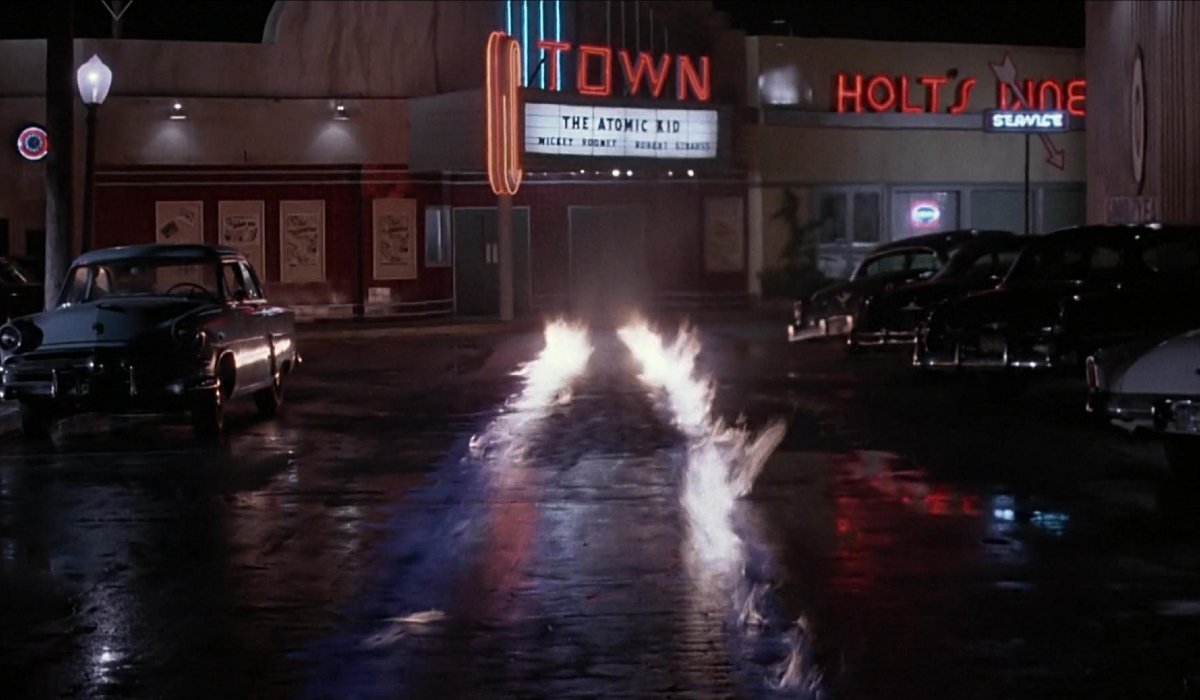
Back To The Future’s Time Travel Process Was Very Different
All of that talk leads to one of Back to the Future’s greatest differences between initial and final vision, as the process of time travel wildly differs. In Robert Zemeckis and Bob Gale’s original script, there’s a physical device that focuses the energy harnessed from a nuclear reactor onto the subject traveling to or from the future. A simple switch controls the polarity of the energy, and thus the direction of travel, without a console to plug in a precise date or time of arrival.
With Back to the Future making a DeLorean time machine the memorable vehicle, complete with specific stipulations for time travel, it gave the final film a more exacting method. But in the first pass at the sequence that would send Marty McFly back to 1952, we see the rod generating the time beam measuring just how far back or forward a person could go. And the maximum measure was, apparently, 30 years. Guess 4200 Rads wasn’t as fun to shout as 1.21 Gigawatts.
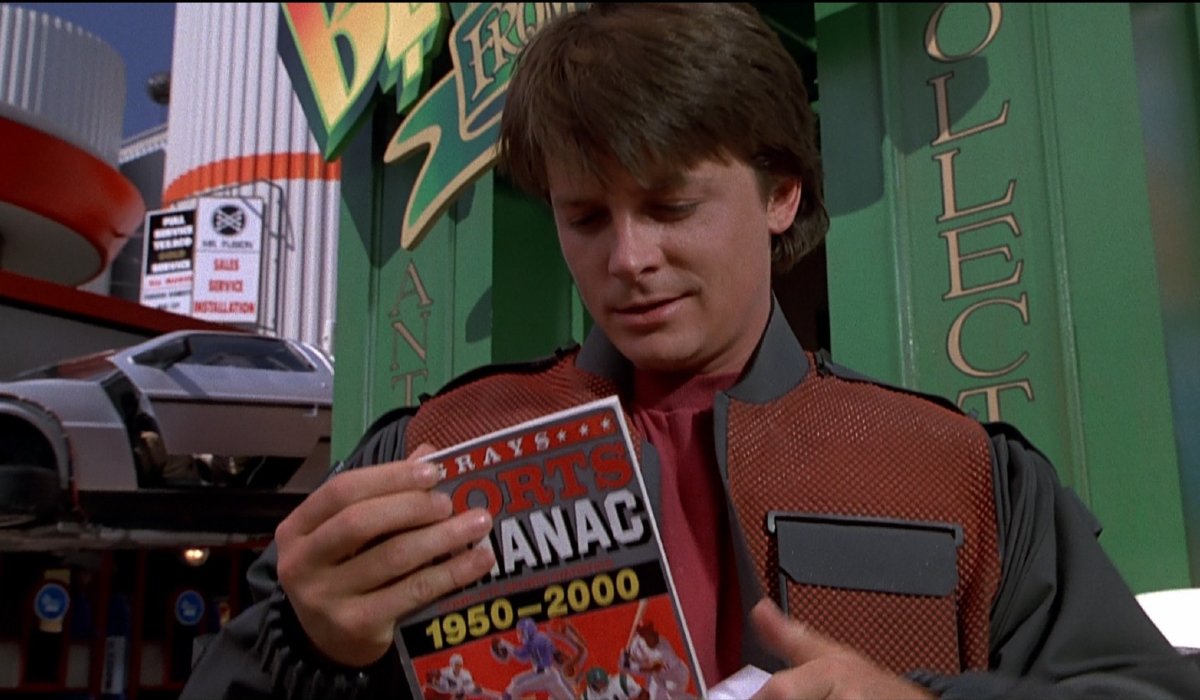
A Couple Key Subplots For The Back To The Future Sequels Originally Popped Up In The First Draft
Initially, Back to the Future saw a couple subplots important to its two sequels, Back to the Future Part II and Part III the movies that they are today. When Marty and Doc talk about time travel in the first draft, McFly has this crazy idea of taking betting results and sending them into the past to make a quick buck. Also, Lorraine (Lea Thompson), named Eileen in the first draft, rejects George McFly’s invitation to the Springtime in Paris Dance because she thinks he’s “chicken.” Both were eventually deleted, but recycled as key happenings in the films that completed the trilogy.
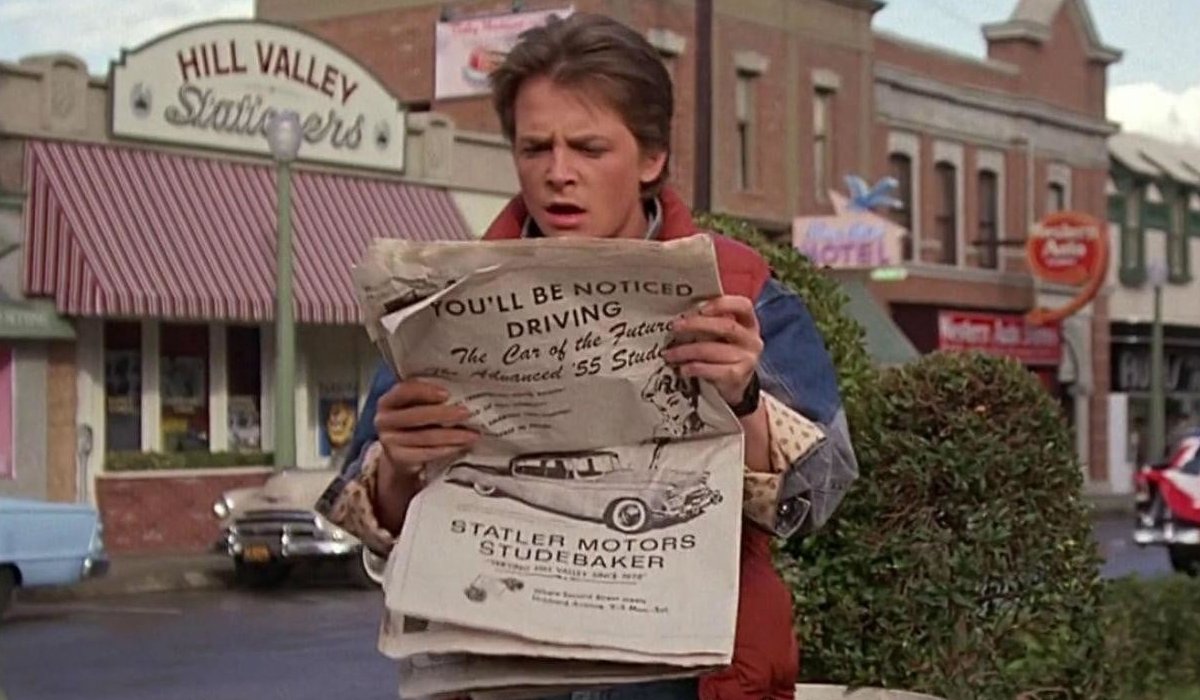
Back To The Future’s 1952 Is A Lot Different Than The 1955 We Know
Even when it comes to Back to the Future’s initial series of events, there’s a lot that differed in the final product. With this first draft, the hallmarks of George McFly (Crispin Glover) being a peeping tom or Biff Tannen (Thomas F. Wilson) hitting a manure truck were not even in the script. And if you have fond memories of Marvin Berry and The Starlighters playing “Earth Angel” at the Enchantment Under The Sea Dance, you’d probably be disappointed to learn that originally, it was Eddie Fisher’s “Turn Back The Hands Of Time” that helped George & Lorraine fall in love at the Springtime in Paris Dance.
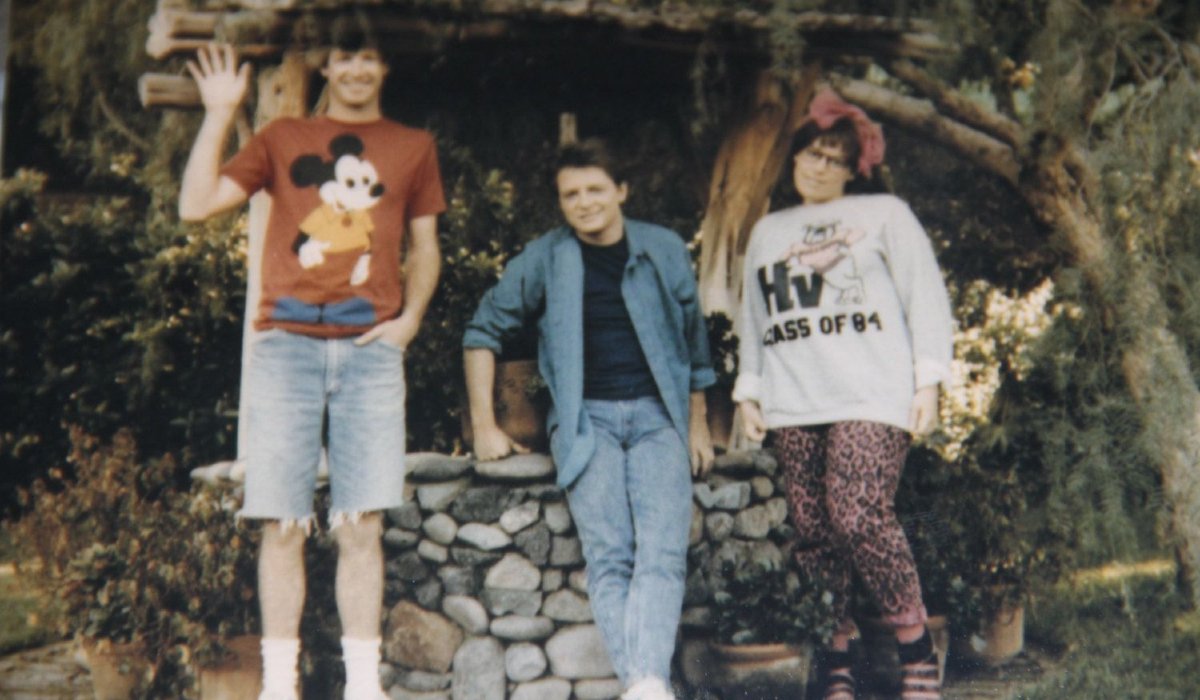
There’s No Disappearing Photo Gag In The First Draft Of Back To The Future
One of the most important differences between Back To The Future’s initial draft and the shooting script was a pretty big deal when it comes to how the movie plays. Originally, there was no urgency to Marty’s quest, other than to help his parents fall in love and figure out how the hell to get back to 1982. It wasn’t until further revisions that Marty was actually given a pair of siblings, and a disappearing photograph that marked the family’s slow erasure from time. That invention turned a race against the clock into something more tense and watchable.
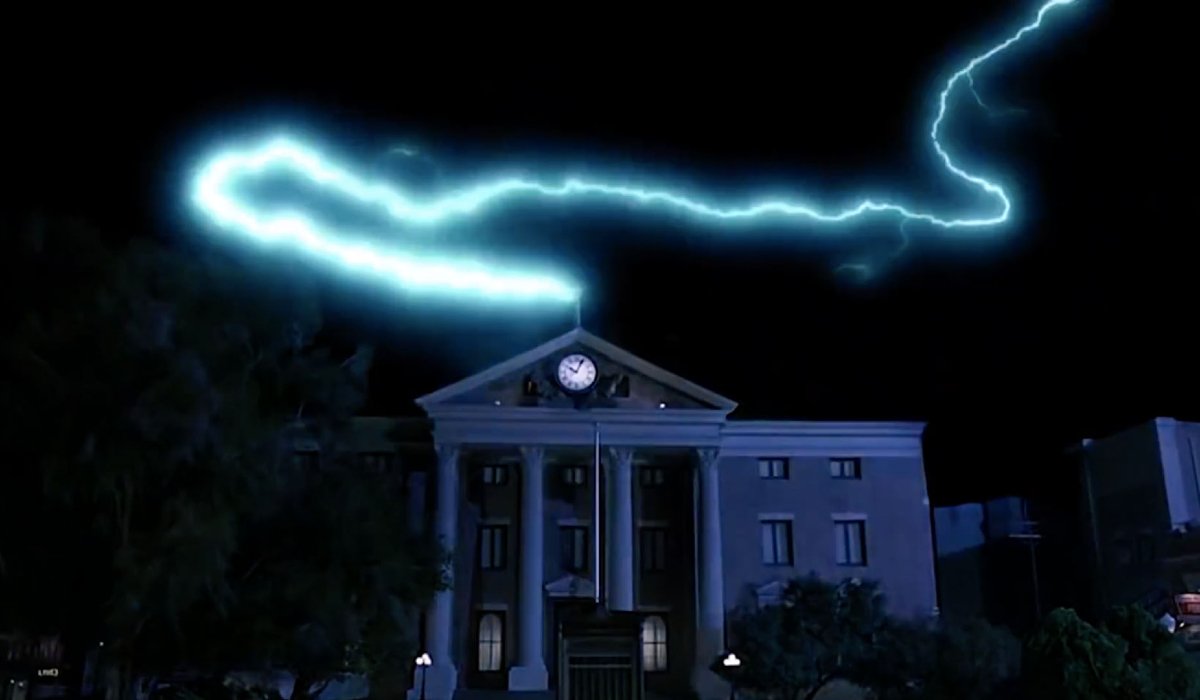
Marty’s Trip Back To 1982 Is A Lot More Dangerous Than Harnessing A Lightning Bolt
With the time machine in Back To The Future’s first go-around requiring a lot of nuclear energy, and a power converter with some Coca Cola, the plan that’s eventually hatched sees Doc actually needing to mount a modified refrigerator to an army surplus truck, with the power converter mounted as well, to complete the time machine assembly. Disguised as Army personnel, Doc and Marty sneak the truck, with the time machine, onto a nuclear testing site. So instead of watching the two time travel enthusiasts trying to catch a stray bolt of lightning to power a DeLorean, we see Marty being shot at by the US Military, and riding out a nuclear blast back to 1982.

A Brand New 1982 Awaits Marty McFly When He Goes Home
A lot of things change in Marty’s hometown of Cleveland, Ohio in the original draft to Back to the Future. But then again, the entire world is pretty different at that point too! A retro-futuristic vibe has taken over, with flying cars, 87 states in the United States, and Coca Cola powering the world’s energy needs! Most importantly, Doc Brown never invents the time machine after seeing the harm it could do to the future, so he’s never shot and never has to learn about that particular moment in time. Rather than just returning Marty to the slightly different present day, there’s some pretty big swings that take place.
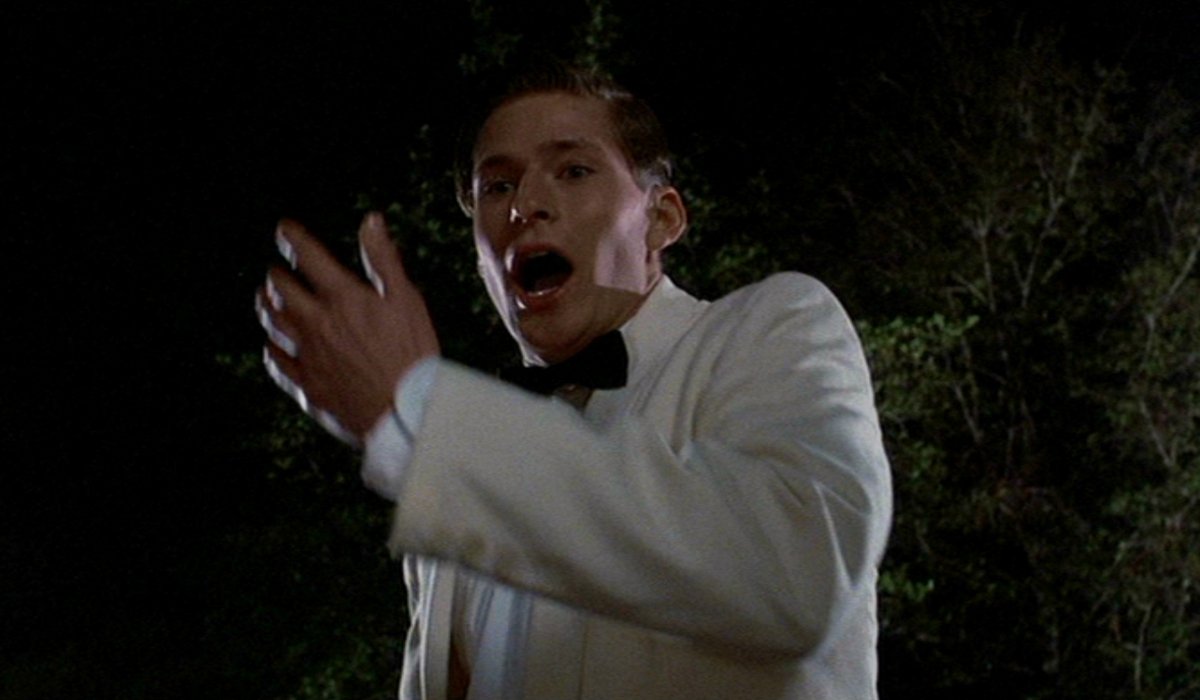
George McFly Becomes A Boxer
Another classic moment of Back to the Future history that never takes place is the fact that George McFly doesn’t become a science fiction author in the first draft. This is partially because Marty never pulls off his “Darth Vader from the planet Vulcan” schtick, so George is never given the inspiration to write A Match Made in Space. In fact, George isn’t even introduced as a writer in Robert Zemeckis and Bob Gale’s initial version of events. What we do see though is that, thanks to slugging Biff Tannen at the Springtime in Paris Dance, George McFly becomes a successful boxer! Though that still doesn’t stop him from complaining that the $2.00 power bill due to Coca Cola is a little bit much.
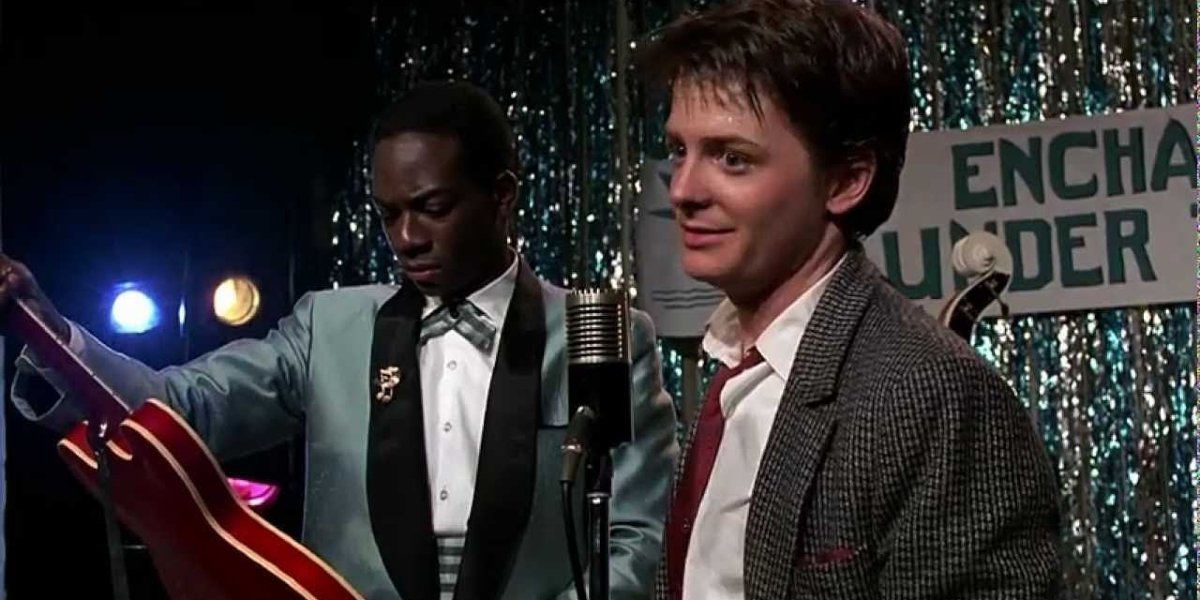
Marty McFly Has Accidentally Deleted Rock And Roll From History
You know that new sound Marty McFly introduces Marvin Berry to at the end of Back to the Future? Well listen to this… it never makes it past the Springtime in Paris Dance. After trying to make “Blue Suede Shoes” happen four years too early, Marty McFly actually lands a talent audition on the Monday after the dance. However, ready to go home with the time stream corrected, and after a smashing performance of “Johnny B. Goode” and “Rock Around The Clock” with Lester Moon and The Midnighters, Marty tells the band not to play that song ever again, as rock and roll will ”happen on its own.”
Only, it doesn’t. When Marty returns to the vastly altered future of 1982 in the original Back to the Future script, the Mambo is still king and Rock was never invented. If only Lester Moon could have shown those songs to a talent scout, or a cousin of his who just happened to be a musician, things might have been different. Hope you kids like Perry Como! It’s amazing what could have been, had Back to the Future stuck to that initial vision. But as the film went through an equally interesting process of getting a studio to commit to the vision, things changed and the movie we all know and love came to pass. It’s something that’s intriguing to learn about, but an end result worth celebrating for 35 years so far, and countless more to come.

Mike Reyes is the Senior Movie Contributor at CinemaBlend, though that title’s more of a guideline really. Passionate about entertainment since grade school, the movies have always held a special place in his life, which explains his current occupation. Mike graduated from Drew University with a Bachelor’s Degree in Political Science, but swore off of running for public office a long time ago. Mike's expertise ranges from James Bond to everything Alita, making for a brilliantly eclectic resume. He fights for the user.
